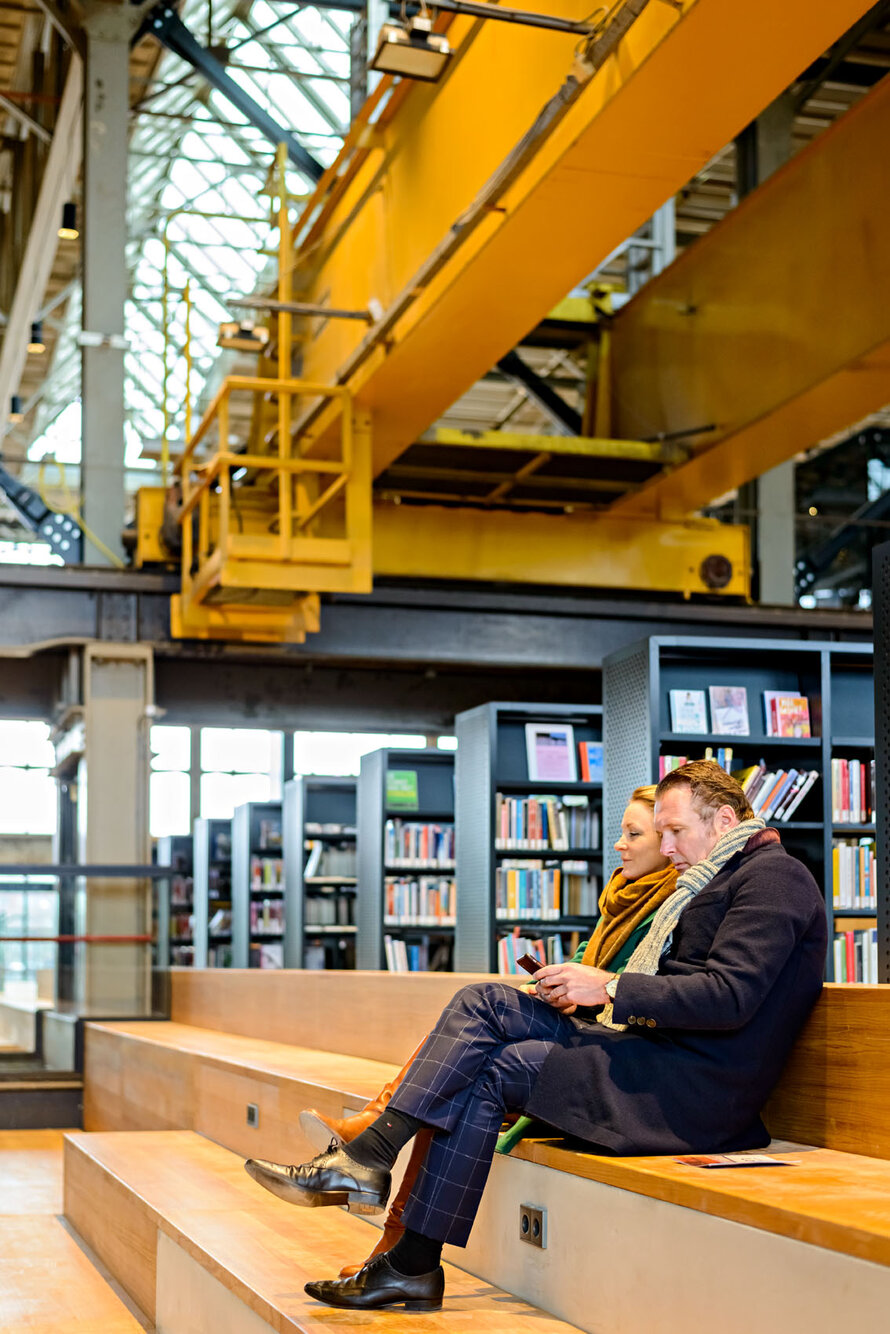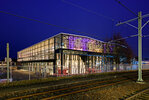LocHal, Tilburg
Until 2009, the LocHal, located close to the centre of Tilburg, was the main workshop of the Dutch Railways. In 2011, the municipality of Tilburg purchased the LocHal as part of the redevelopment project of the Railway District. Initially, the plan was to partly demolish the ...
Read more
Project details
Description:
Until 2009, the LocHal, located close to the centre of Tilburg, was the main workshop of the Dutch Railways. In 2011, the municipality of Tilburg purchased the LocHal as part of the redevelopment project of the Railway District. Initially, the plan was to partly demolish the building and create a parking garage. A number of factors, including a growing appreciation for industrial heritage, led to the LocHal instead being preserved and transformed into the cultural centre of a new, vibrant urban area. The LocHal is the result of a close collaboration between the Tilburg Municipality (which largely funded the project), the various tenants, the design team and a large number of companies. The architects were selected through a design competition and the winning entry was submitted by a partnership of three firms: Civic Architects, a leading expert in public architecture; Braaksma & Roos Architects, an architecture office known for its expertise in the restoration and adaptive reuse of industrial heritage; and Inside-Outside/Petra Blaisse, experts in interior and landscape design with extensive experience in textile-based interventions. The design team enjoyed the support of the engineering consultancy Arup and the interior fixtures and fittings were designed by Mecanoo. The interiors of the Seats2Meet areas were designed with the input of architecture students at Fontys University of Applied Sciences. The lead contractor for the implementation phase was Binx, working with VDNDP Architects. The conservation work focused on preserving as much of the weathered industrial structure and its atmosphere as possible with new structures kept to a minimum so that the spatial qualities of the industrial heritage building could be experienced in a unique way. The new “landscape” of stairs that connects the upper and more private areas creates strong diagonal sight lines. Adjustable, 15-metre-high textile screens in a delicate and transparent design allow for flexibility in the layout of the larger areas and improve the acoustics of the building. A new façade, slightly different in design and colour yet complementary to the original façade, has been built facing the train station to connect the building to the city and includes a spacious balcony. The LocHal, carefully designed according to the best practice principles for the adaptive reuse and restoration of industrial heritage, has become the beating heart of the district. Its rugged steel structure and new architecture provide the backdrop for all manner of public events and exhibitions. Knowledge is not only consumed but also produced by its residents the Midden-Brabant Libraries, the arts organisation Kunstloc, cultural investment fund Brabant C and the co-working facilities of Seats2Meet.
Similar projects



1932

17th century











